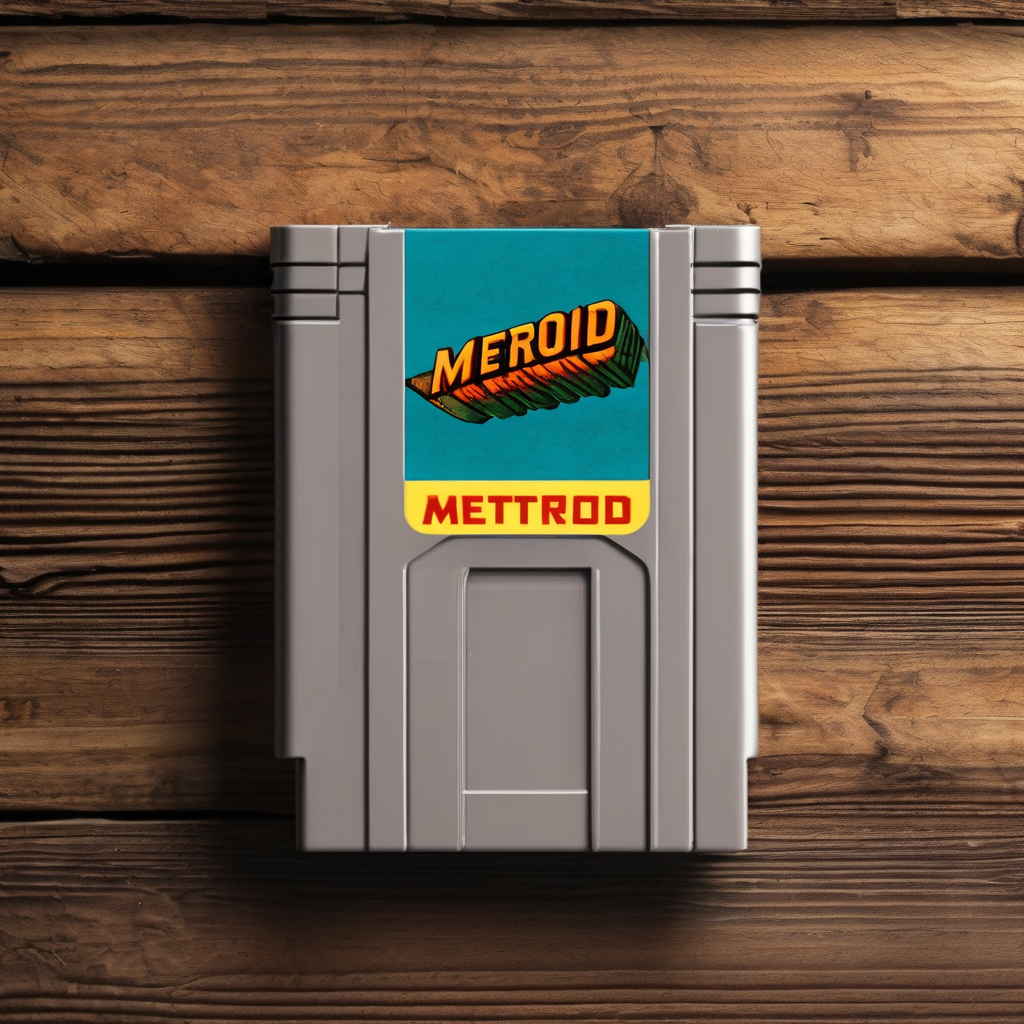A well-known phrase, often misattributed to Nintendo legend Shigeru Miyamoto, states, “A delayed game is eventually good, but a rushed game is forever bad.” While the quote isn’t authentic, it resonates with many fans who appreciate Miyamoto’s philosophy of prioritizing quality over expedience in game development.
Historically, Nintendo has not been recognized for significant delays, often candidly admitting when they lack direction for projects like the Star Fox and F-Zero series. However, the case of Metroid Prime 4 diverges from this norm. Initially unveiled in 2017 alongside the Nintendo Switch, Metroid Prime 4 was one of the most awaited titles. However, after much anticipation and silence, Nintendo revealed in 2019 that development had not met their standards, prompting a complete restart under Retro Studios, the creators of the original Prime trilogy. This decision marked a rare departure from Nintendo’s typical project management style.
Fast forward six years, Metroid Prime 4 is on the verge of completion, set for release on December 4 for both the Nintendo Switch and the upcoming Switch 2. The question lingers: can it meet the lofty expectations set by its protracted development?
Recent previews, including an event in New York City, offered insights into the game’s early gameplay. The demo commences with Samus Aran arriving at a Galactic Federation station to thwart a pirate invasion led by Sylux, a new antagonist. This initial sequence serves as a tutorial, and while it’s engaging, it diverges from the classic Metroid formula by introducing squad-based elements alongside NPCs. This shift brings a fresh dynamic but may also risk diluting the series’ core identity of solitude and exploration.
As Samus loses her advanced abilities shortly after the opening sequence, players are encouraged to traverse a vibrant new planet named Fury Green, utilizing psychic powers to solve puzzles and engage in combat. While these new mechanics provide an interesting element, some critics have pointed out that the gameplay can seem linear compared to the expansive worlds that earlier titles in the series offered, such as Super Metroid and the first Metroid Prime.
Despite certain critiques regarding simplicity and linearity, the graphics are commendable, showcasing attractive vistas and impressive lighting effects, although some elements, like water physics, appear outdated. The game maintains a steady performance, promising smooth experiences even at high frame rates.
Moreover, it’s important to recognize the significance of Metroid Prime 4’s existence at all, especially after the developmental challenges it faced. As gaming continues to evolve, the presence of a franchise like Metroid—though not a top seller—remains a tribute to Nintendo’s commitment to its dedicated fanbase.
With Metroid Prime 4 scheduled for release soon, hopes are high that it will deliver a satisfying experience worthy of its legacy. Fans eagerly await what promises to be a robust entry in the beloved series, combining classic elements with new innovations.
